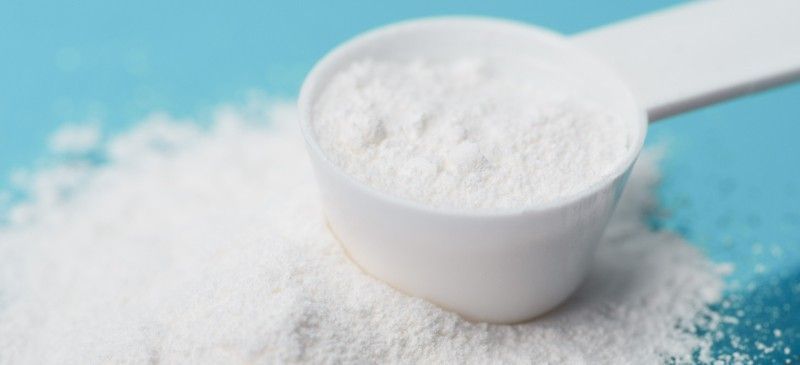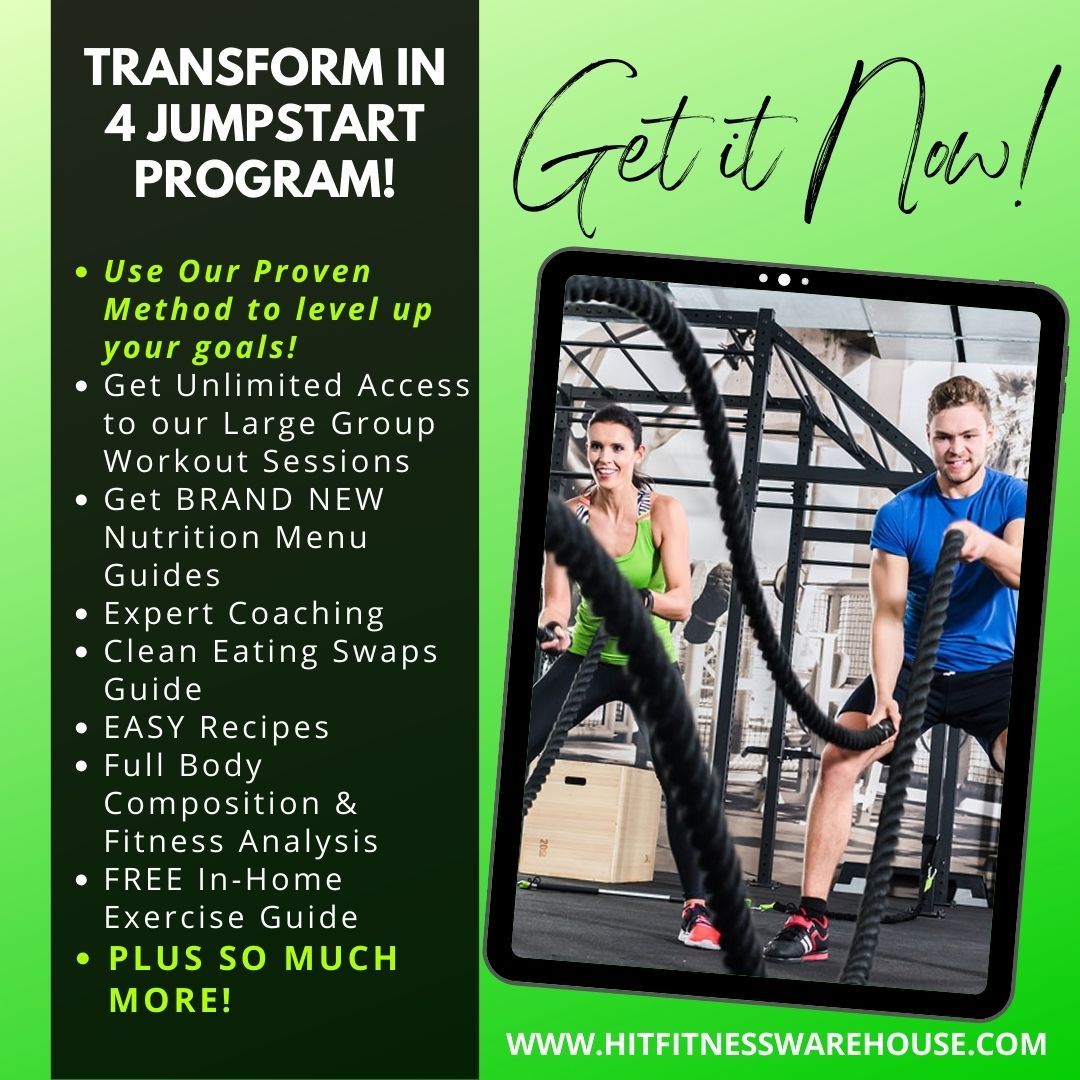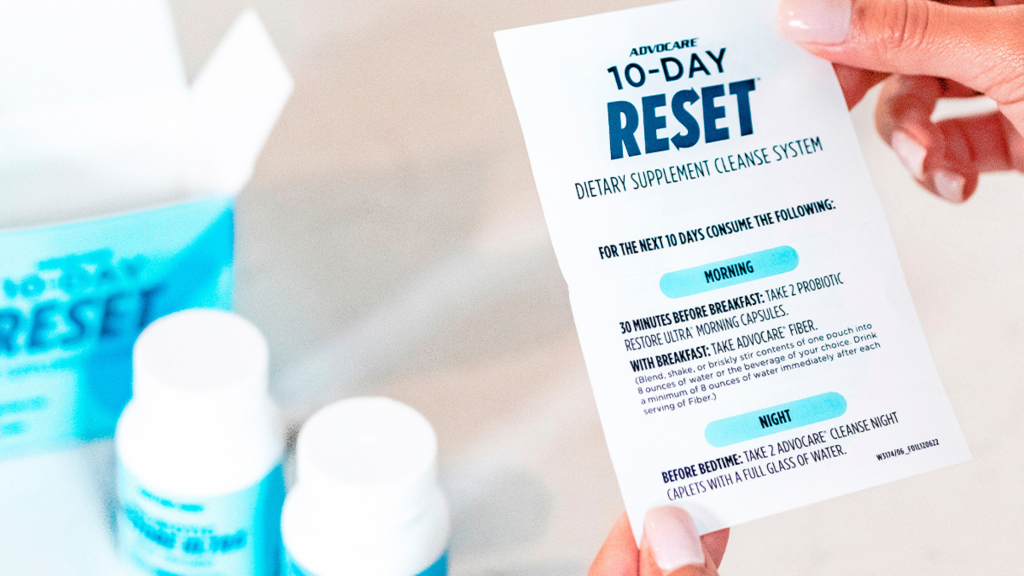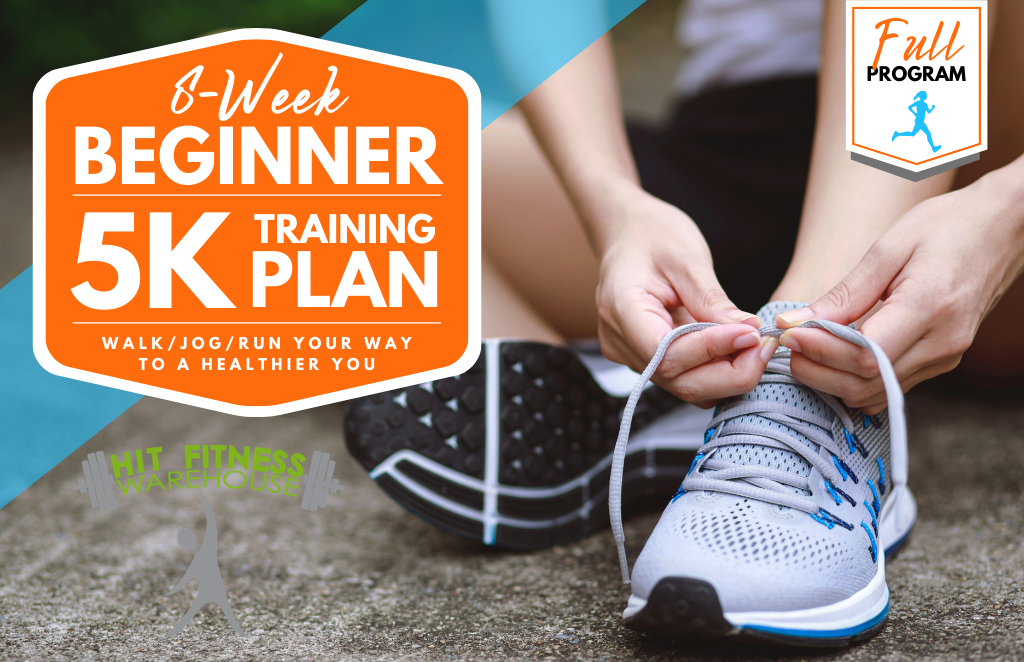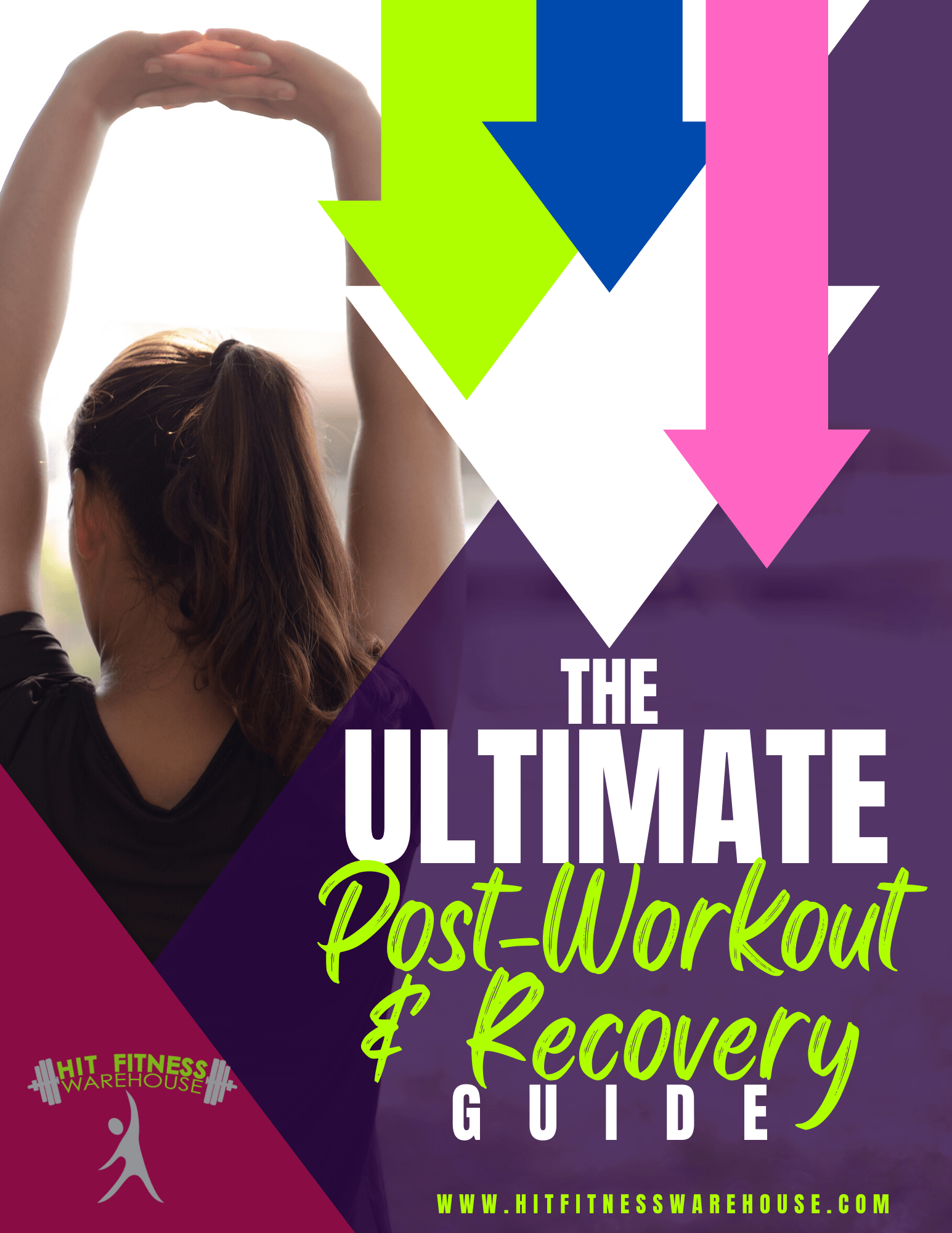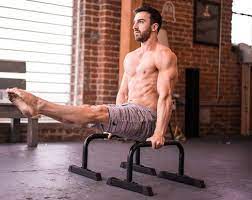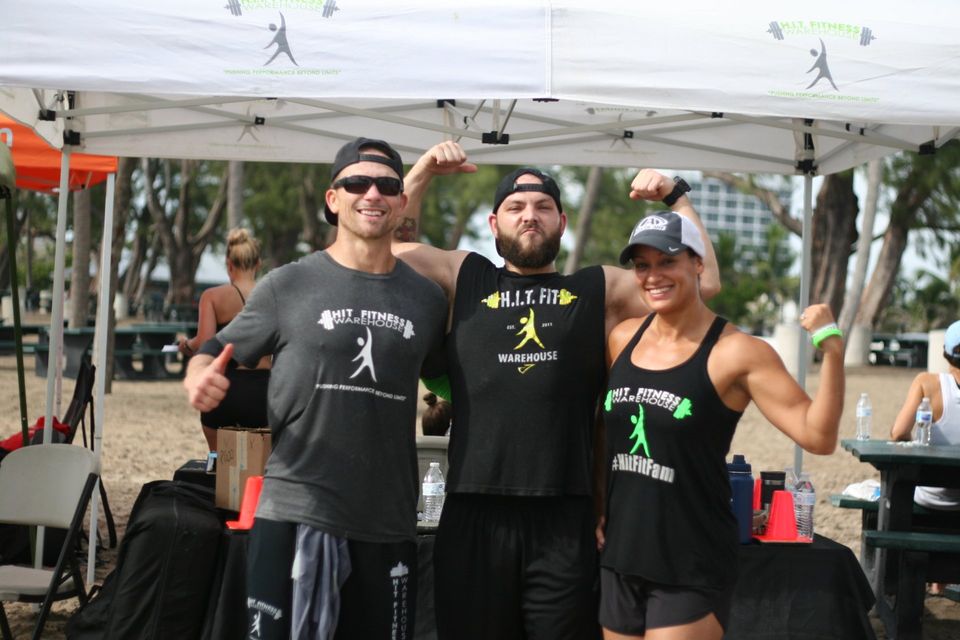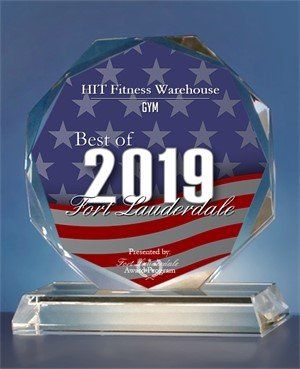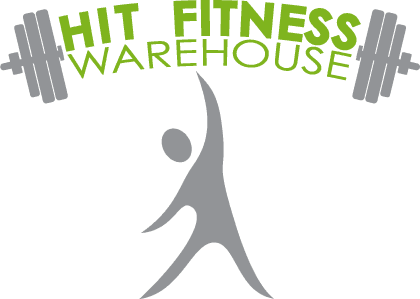Us Vs. Them
Why Does This System W ork?
We have designed a PROVEN system that is fun and exciting! HIT FIT’s system makes us completely different from any other club you may have visited. We have developed the components that take the guesswork and trial-and-error out of reaching your goals and puts the science back in. We provide a complete training system and a highly qualified fitness coach who will personally walk you through every step of the way on the path toward achieving your personal goals. One size does not fit all! Just as we all require a specific shoe size! HIT FIT Training offers a scientific alternative. We get faster results. We get better results. Using the application of science one of our program design specialists will develop a customized approach to fitness, health, physique enhancement and well being.
Appropriate Cardiovascular Activity:
Only the correct amount of cardiovascular work at the correct intensity will work for your goal. Doing the wrong type, at the wrong level for the wrong time may not only be useless but can actually work against your efforts.
Appropriate Resistance Training :
Muscle is the body’s fat burning machinery. Resistance training helps to build and maintain a good fat burning engine.
Professional Coaching:
This is where most people go wrong. No program works for everyone and no program will work forever. As your body changes, so too must your program change. Your fitness coach will help to modify your plan as your body changes and adapts so you continue to see optimal results.
Be sure to check out our article written by Coach Kevin, co-owner of HIT FITNESS WAREHOUSE.,
Check it out! 👇
WHY YOU NEED A PERSONAL TRAINER
Athletic Strength And Conditioning
HIT FITNESS WAREHOUSE is rapidly establishing itself as a go-to consultant in not only the Adult Fitness & Performance community but also the Sports community for its success in improving athletic performance — while markedly reducing injury rates. Our staff understands the unique demands of all sports; in fact, roughly 1/3 of HFW Members originally walked thru our doors telling us, ‘they have an injured shoulder or lower back that happened at another gym’. So over the years we have grown and developed specialized training and nutrition programs specifically for these types of scenarios.
Corrective Exercise
Performance Enhancement
Weight Loss
Overall General Health & Wellness
Our team has extensive experience in bringing athletes and adult fitness enthusiasts back from injuries — and preventing them in the first place. We evaluate all athletes with our customized Functional Movement Screening and provide them with individualized, comprehensive training programs.
All Of Our Program s Include:
⇒ Comprehensive Evaluations
⇒ Mobility and Flexibility Training ⇒ Sport Specific or Job-Specific Strength Training ⇒ Conditioning and Speed Work ⇒ Extensive Core Work
⇒ Nutrition
Nutritional Philosophy
“The perfect plan is the one that your client can adhere to and get their desired results.”
We do not offer fad diets or other forms of dieting that attempts to override the basic principles of nutrition that we know are true and have been forever.
The job of a coach is to get a person to do what they already know but can’t do by themselves themselves. This is the difference.
Here Are the 10 Pr inciples We Work Within to Get Our Clientele Re sults!
1. Eat Frequently
This doesn’t mean that it’s definitive to eat 6 meals a day. That can be overwhelming. We recommend eating every 3-4 hours, but don’t sweat the details. At first, just try to get in consistent meals and one snack each day.
This way of eating will help you keep your metabolism running high and maintain your lean mass. You are also less likely to binge if you eat consistently every 3-4 hours.
A great schedule for this is eating when you wake up at 6 or 6:30am, then again at 11am, then a snack at 2 or 3pm and dinner at 6 or 7pm. This is a simple and easy to follow schedule. You can also eat first thing at 6am, snack at 10am, lunch at 2pm, and dinner at 6 pm. The meals can be moved around to fit your schedule.
You shouldn’t be so concerned about eating at the exact right time that you can’t focus on anything else. The important thing is that you are prepared with your foods and understand when you need to eat.
2. Eat a Complete P rotein at Every Meal/Snack
Protein is the staple in our nutrition plan. It helps support your lean mass and will keep you full. Try to get in at least 20-30g of protein at each meal. If you look on a food label, it will tell you exactly the amount per serving of protein. We will cover what is included on a list of complete proteins later.
You have you remember that 20-30g of protein isn’t the weight of the food you are eating; it is the protein in the food. If you look at the food label, you will be able to see the grams of protein in a given food. You can also use the palm of your hand as a guide for protein servings (a portion the size of your palm will provide approximately 20-30 grams of protein).
One of the biggest objections that we get for this habit is that it is hard to eat protein on the run. That simply isn’t true if you know what you are looking for! There are protein supplements, tons of options in convenience stores, and simple snacks that you can pack to help you stick to your habits.
3. Eat Ve getables at Every Meal
Try to get in two servings of veggies at each meal and snack. This can be one of the tougher habits to master, but you can make it easy on yourself by keeping easy veggie snacks around such as carrots, celery, and other quickto eat veggie sources.
One serving of veggies is about 1⁄2-1 cup. So you need to be eating 1-2 cups of veggies each meal. This can easily be accomplished with salads!
Veggies not only help to give you nutrients that you need to get the most out of your training program, but they help give you fiber, keep you full, and provide you with many illness-preventing nutritional components. You won’t have a problem with hunger if you make sure to get your veggies in at each meal.
4. Only Eat Carbohydrate-Rich Foods A fter Y our Workouts! (when you deserve to)
Especially if your goal is fat loss, we want to restrict your carbohydrate consumption to within 1-2 hours post workout. This is great news because you don’t have to deprive yourself of carbs, but you have to earn them first in a workout!
The reason that we remove carbs from our meals (other than veggies) outside of workout times is that they increase fat storage because of the effect that they have on our insulin levels. When our insulin levels increase, fat storage increases. This is something we want to avoid.
However, after a workout, our bodies are primed to utilize those carbs for energy and to repair our muscles. This is a great thing! After a workout, we want to replace the glycogen (or broken down carbs) that we used during the training sessions and use them to repair our muscles and make sure we are recovering well. If we recover well, we can come back and train hard again the next time and get better results.
I would try to avoid breads and gluten-based carbs after your workout and stick to things like potatoes, rice, and other non-wheat based carbs as much as possible. The reason is most of us don’t handle gluten or wheat very well, and it can cause some inflammation, which can cause bloating and fat storage (along with other health problems).
5. Eat Healthy Fats Daily
Fats are not the bad guys! You should work to eat a good balance of fats (saturated, monounsaturated, and polyunsaturated—just no trans fats!). Fats help regulate hormones in your body and keep you full. It is important that you don’t limit your fat intake to help with weight loss. You should try to get 1/3 of your fat intake each day from each of the types listed above. If you have a carbohydrate-based meal after training, try to limit your fats in this meal if possible.
6. Drink Y our Water
Drink 1⁄2 your bodyweight in ounces of water every day. Being dehydrated takes away from your training performance and leads to decreased results. Dehydration causes fatigue and increases your cortisol levels (the stress hormone that breaks down muscle tissue). Your urine should be clear. If your urine is not clear, you are not drinking enough water. You should drink mostly water, but you can have tea and coffee in moderation.
7. Focus On Whole Foods
Most of your dietary intake should come from whole foods. There are a few times where supplement drinks and shakes are useful. But most of the time, you’ll do best with whole, largely unprocessed foods.
8. Take Multi-Vitamin , Probiotic , and Omega-3 Fish Oil Daily.
9. Post Workout Nutrition!
Use a high quality whey protein shake (with 20-40 grams of protein) mixed with fruit or other recommended carbohydrate. To maximize the effects of your training, do NOT skip this step. You must replenish your body immediately after training with quick releasing carbs and fats to ensure optimal recovery, that’s why a shake is best.
10. Keep a Journal of What You are Eating
This step will keep you accountable and on track. To change your body, you have to keep track of what you are eating so that you can evaluate it and make dietary changes when needed.
